December 7, 2017
Flexible hours best way for employers to reduce staff stress Christmas lead up

Over 50 percent of respondents to a recent survey want their bosses to offer more flexible hours in the weeks leading up to Christmas to help them deal with the stress of the season, while a significant minority do not want to attend their office Christmas party and see little value in building friendships with colleagues from such events. These are the key findings from the latest survey conducted over the past month by Peldon Rose which claims that 54 percent of people feel stressed in the lead up to the holidays. Yet, while many employers off the typical well-intentioned holiday benefits, such as Christmas parties, office decorations, team outings and lunches, what employees really value are perks that have a direct impact on improving their workload and allowing them to work in a more relaxed manner at this very busy time of the year, such as more flexible hours, finishing early on agreed days and a dress down code.





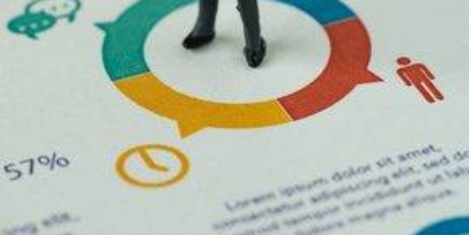
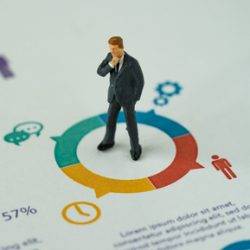 The biggest driver of a positive employee experience at work is ‘meaningful’ work, claims a new survey. According to the findings of the latest edition of ‘
The biggest driver of a positive employee experience at work is ‘meaningful’ work, claims a new survey. According to the findings of the latest edition of ‘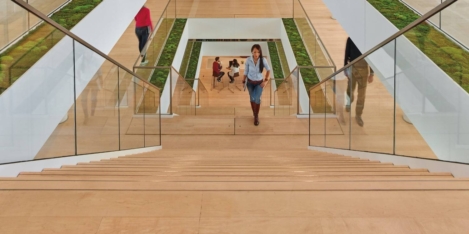
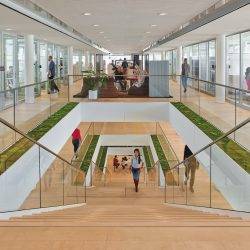





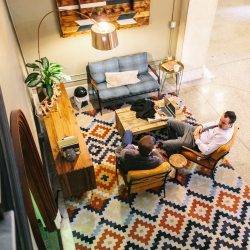

 Over half (52 percent) of people who work remotely feel their colleagues don’t treat them equally, claims a new study. Working remotely has become a highly sought-after job perk and having the flexibility to live and work where you please, regardless of corporate headquarters, often draws people to take one job over another. But a survey from VitalSmarts produced by David Maxfield and Joseph Grenny, authors of the bestsellers Crucial conversations and Crucial Accountability, found that remote employees have a significantly harder time with a number of workplace challenges than their onsite colleagues. 67 percent of remote employees complained that colleagues didn’t fight for their priorities compared 59 percent of onsite employees. 41 percent of remote employees believed colleagues say bad things about them behind their back compared to 31 percent of onsite employees and 64 percent of remote employees had changes made to a project without warning vs. 58 percent of onsite employees. Over a third (35 percent) of remote employees thought colleagues were lobbying against them vs. 26 percent of onsite employees.
Over half (52 percent) of people who work remotely feel their colleagues don’t treat them equally, claims a new study. Working remotely has become a highly sought-after job perk and having the flexibility to live and work where you please, regardless of corporate headquarters, often draws people to take one job over another. But a survey from VitalSmarts produced by David Maxfield and Joseph Grenny, authors of the bestsellers Crucial conversations and Crucial Accountability, found that remote employees have a significantly harder time with a number of workplace challenges than their onsite colleagues. 67 percent of remote employees complained that colleagues didn’t fight for their priorities compared 59 percent of onsite employees. 41 percent of remote employees believed colleagues say bad things about them behind their back compared to 31 percent of onsite employees and 64 percent of remote employees had changes made to a project without warning vs. 58 percent of onsite employees. Over a third (35 percent) of remote employees thought colleagues were lobbying against them vs. 26 percent of onsite employees.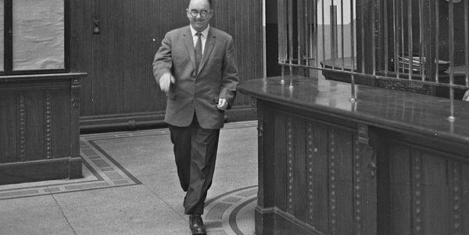



















December 5, 2017
How do you really go about creating a great place to work?
by Jo Sutherland • Comment, Wellbeing, Workplace design
More →